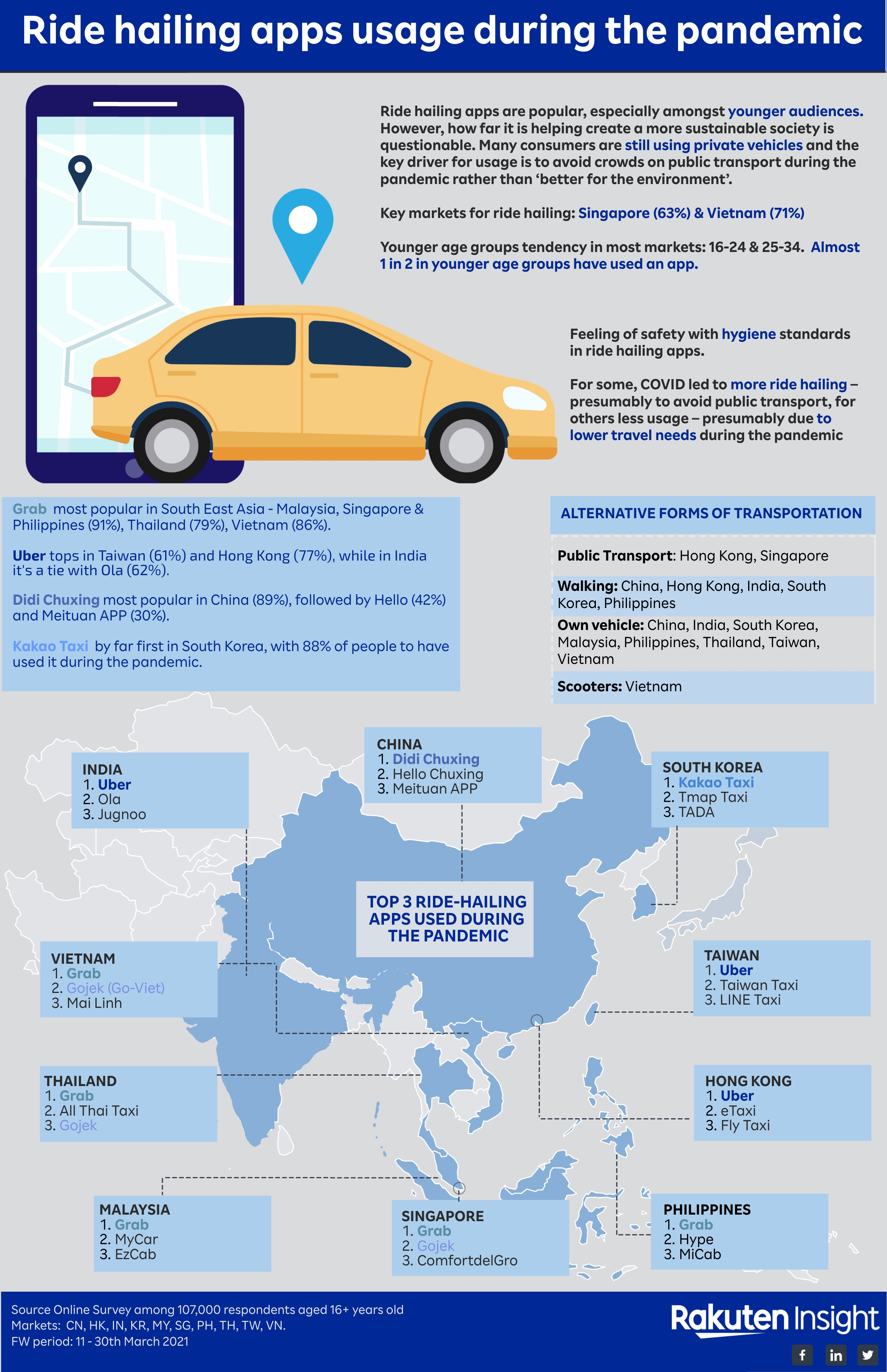Ride Hailing in a Sustainable Society
Sustainability is more than a buzzword. It has become a new way of doing business and an integral part of many mission statements. Authentic sustainability credentials, consistent with a brand’s positioning, create brand value through differentiation and meeting customer demand. As a result, new services & technology can make sustainability claims to meet this demand.
Ride-hailing apps such as Uber, Grab & Didi are an example of this phenomenon. In 2017, Goldman Sachs estimated the industry was worth $36 billion, with 15 million trips a day globally. They expected a growth to $285 billion by 2030, with 97 million trips a day.
That these services offer modern day convenience seems undeniable. Without doubt, it is easier for people to get around cities everywhere through providing real-time location data, accurate arrival times, seamless payment & reviews among other services.
Whether they are part of a future sustainable society remains unclear. One line of thought is that ride-hailing apps can reduce congestion and pollution by making it easier to not own a car and encouraging shared rides. Fewer cars mean fewer emissions, less congestion & fewer collisions. However, recent thinking is that ride-hailing apps might not be taking cars off the road & the latest survey by Rakuten Insight and the latest survey by Rakuten Insight supports this theory. The survey has also found that private vehicles still have a key role in offering a safer alternative to public transport during the pandemic.
Rakuten Insight surveyed over 107,000 consumers across 11 of it’s 12 propriety panels in Asia – China, Hong Kong, India, Korea, Malaysia, Philippines, Singapore, Thailand, Taiwan & Vietnam.
The survey found that ride hailing apps are indeed popular, especially amongst younger audiences in 16-24 & 25-34 age groups. Across markets, almost 1 in 2 in younger age groups have used a ride-hailing app, whilst they are particularly popular in Vietnam (71%) & Singapore (63%).
However, how far it is helping create a more sustainable society is questionable. Many consumers are still using private vehicles and the key driver for usage is to avoid crowds on public transport during the pandemic rather than ‘better for the environment’. The key secondary reason was also linked to the pandemic with a feeling of safety with hygiene standards which ride hailing apps have put in place.
For some, COVID led to more usage of ride hailing apps, presumably to avoid public transport whilst for others there was less usage, presumably due to lower travel needs during the pandemic.
The preferred alternatives to ride hailing apps depended on market environment to some extent with public transport preferred in the more compact areas of Hong Kong & Singapore. However, in 9 of the 11 markets, the preferred alternative was more usage of own vehicle. This contradicts the sustainability claim to fewer cars and less emissions.
So is ride hailing a key part of a future sustainable society? Possibly, however the ride hailing apps need to communicate the consumer benefit of sustainability much more clearly to move away from it’s current positioning of convenience & more hygienic than public transport during a pandemic.
This newly established industry may just be at the beginning of their sustainability journey!
Click here to download the infographic
Related Articles: Inside China: Sustainability
